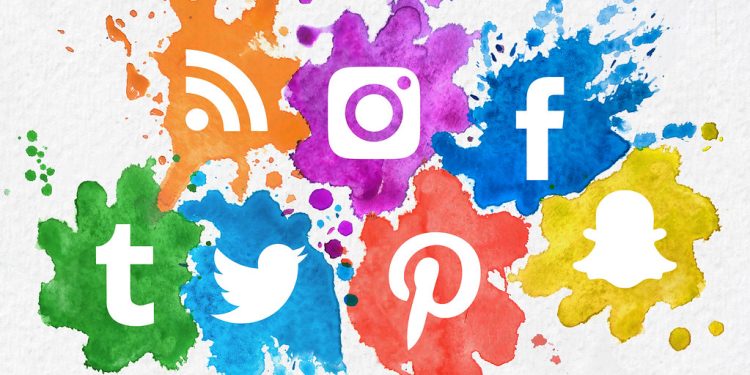In the digital age, where the whispering symphony of keystrokes has become humanity’s new lingua franca, our classrooms also carry an extraordinary transformation. Social media, once a mere cyber playground for selfies, hashtags, and trending challenges, is now an evolving educational landscape. As these platforms graduate from simply being devices of leisure to tools of knowledge, education strums a tech-tuned harmony. But like every melody, it has its high and low notes. Welcome to our discussion on “Using Social Media for Learning: Pros and Cons” where we’ll critically examine this modern-day educational concerto. We invite you to virtually sit with us as we navigate this exciting, yet complex world of hashtags and homework.
In the academic arena, social media platforms serve as valuable tools for accessing current information, connecting with experts in various fields, and extending classroom discussions outside school hours. Beyond sharing selfies and memes, these platforms have developed into virtual classrooms, discussion boards, and learning communities. Twitter chats, Facebook groups, and Pinterest boards, for instance, harbor academic content, encourage peer-to-peer interaction, and enable knowledge sharing from various sources. Additionally, social media enhances critical thinking, fosters real-time discussion, and adapts to various learning styles making education a more engaging and personalized experience.
Despite these benefits, the excessive use of social media comes with its own set of issues. For one, it can be a notorious source of online distractions. Unrelated content, countless notifications, and constant connectivity often lead to shortened attention spans and reduced productivity. Moreover, cyberbullying, privacy issues, and fake news pose significant challenges to learners in a digital age. It’s therefore imperative that students are guided on how to effectively learn with social media without falling prey to these potential pitfalls. Some strategies include setting clear online boundaries, establishing learning goals, allocating specific time for online learning, and verifying all information before assimilation.
Be vigilant about your time spent online to create a balance in digital engagement. Optimize the learning potential of social media through the use of online tools like bookmarking sites to manage valuable resources, using apps to schedule posts or limit time spent on specific sites, and subscribing to educational channels or groups. With the right strategies and discipline, social media can transform from a simple communication tool into a powerful learning resource.
Above all, use innovative strategies to maximize the benefits of social media in learning. This could be in the form of creating online study groups, using hashtags to follow relevant discussions, collaborating on projects using shared online platforms, or using multimedia content to better understand complex concepts. But remember, always treat all information with a pinch of skepticism and double-check facts from reliable sources to avoid fake news. And, of course, always ensure your online interactions are respectful and tolerant.
As we sign off this digital scroll, we’re left in awe at the kaleidoscope of possibilities that social media opens up for learning. Like anything, it’s a double-edged sword — a tool that can bolster our knowledge and understanding or equally distract and misinform. The journey of using social media for learning is like navigating through an intricate labyrinth. It’s full of potential treasures and occasional pitfalls. It’s a voyage that requires a balanced touch of curiosity, caution, and control. But isn’t that the essence of true learning? To be an explorer of information, sifter of truth, and master of the self? Perhaps, it is time to take social media under our intellectual wings and fly toward a horizon of newfound knowledge. Until then, dear reader, keep that curiosity flickering bright and the discernment sharper. Happy scrolling!






